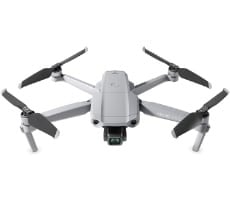ASUS ROG Zephyrus GX501 Review: A Thin, Powerful Max-Q Gaming Laptop
We tested the Zephyrus as it shipped from ASUS to ensure we get the same out-of-box experience as our readers that may purchase it. Many variables can affect performance so our comparisons should serve as a reference point. Our benchmarking kicks off with storage, CPU and GPU tests to get an idea how the Zephyrus performs in day-to-day tasks for these high level subsystems.
|
The ATTO disk benchmark gives us a quick look at how snappy the ASUS Zephyrus should feel for basic tasks such as Windows startup and app loading. ASUS installs a high-end Samsung SM961 NVMe SSD in the Zephyrus to match its premium appeal.
The Samsung SM961 doesn’t disappoint with peak read performance of 3.4GB/s. Write performance isn’t too shabby at 1.6 GB/s either. This fast SSD performance really shows when gaming because load times are virtually non-existent, relatively speaking.
|
SunSpider tests JavaScript performance to provide a good idea of what to expect with web browsing. We used the default Edge browser in Windows 10 to run the benchmark.

The ASUS Zephyrus performs well in SunSpider and sits towards the top of our chart. It only loses out to the larger Alienware 17 R4 with its clock speed advantage, but leads the 2017 Razer Blade, with the same CPU, by about 6%.
|
Cinebench tests the CPU and GPU independently and provides a glimpse of raw performance. The test is based on Maxon’s Cinema 4D modeling software that’s used in movie production.

Performance of the Intel Core i7-7700HQ in the ASUS Zephyrus is comparable to other similar Skylake and Kaby Lake-equipped models. The Cinebench GPU performance test, however, provides an early glimpse at the performance sacrifice to achieve the svelte form factor with the NVIDIA GeForce GTX 1080 Max-Q, which turns out to be about 15% slower than the Alienware 17 R4's full fat GTX 1080.






